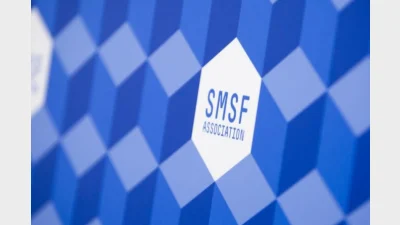2022: the year of change for SMSFs


This year will be a year of adjustment and transition for the Self-Managed Superannuation Fund (SMSF) sector, according to the SMSF Association.
Speaking to Money Management, Peter Burgess, SMSF Association deputy chief executive and director of policy and education, said the first major change that the industry was adjusting to was the extension of non-concessional bring-forward rules in the Income Tax Assessment Act, paving the way for the removal of the work test for individuals aged 67 – 74 from 1 July, 2022.
“While these changes are not exclusive to the SMSF sector, they will undoubtedly have their biggest impact in the SMSF sector,” he said.
“These changes, together with a reduction in the eligibility age for making downsizer contributions from age 65 to 60, will provide extra flexibility for older Australians to contribute to their super.”
He said the SMSF sector was also eagerly awaiting the release of further details about the two-year amnesty period for legacy pensions and the residency rule changes announced in last year’s Federal Budget.
“With a Federal election looming it’s unclear when these details will be released but it’s worth keeping an eye for these in 2022.”
According to Burgess, it was important for SMSFs that held property to ensure any lease arrangements remained on commercial arm’s length terms and that those terms were properly documented.
“Advisers and clients also need to be aware of the new rules which require company directors to obtain a Director ID,” he said.
“Given around 65% of all SMSFs have a corporate trustee, a significant proportion of the SMSF population will need to take action by 30 November 2022, or much earlier if they are a newly-appointed director, to comply with the new rules.”
Advisers and SMSF clients also needed to be aware of the new Superstream standards for SMSF rollovers which have applied since late last year, Burgess said.
“In order for an SMSF to now receive rollovers from an Australian Prudential Regulation Authority (APRA) regulated fund, the fund must be Superstream compliant.”
Burgess said superannuation policy changes were inevitable with a change in Government.
“A tightening of the contribution caps and a lowering of the Division 293 income threshold for taxing super contributions might be on the cards if Labor’s previous super policy is anything to go by.
“The abolition of new limited recourse borrowing arrangements (LRBAs) is another possibility.”
Last week, Shadow Treasurer Jim Chalmers ruled out putting a limit on superannuation balances or imposing an earnings tax on members’ retirement phase if Labor is elected, following industry calls to address extremely large balances.
Recommended for you
The impact of identity theft and its threat to superannuation savings were highlighted in a case that went before the Federal Court at the end of 2023.
A recent NSW Supreme Court decision is an important reminder that while super funds may be subject to restrictive superannuation and tax laws, in essence they are still a trust and subject to equitable and common law claims, says a legal expert.
New research from the University of Adelaide has found SMSFs outperformed APRA funds by more than 4 per cent in 2021–22.
The SMSF Association has made a number of policy recommendations for the superannuation sector in its pre-budget submission to the government.












